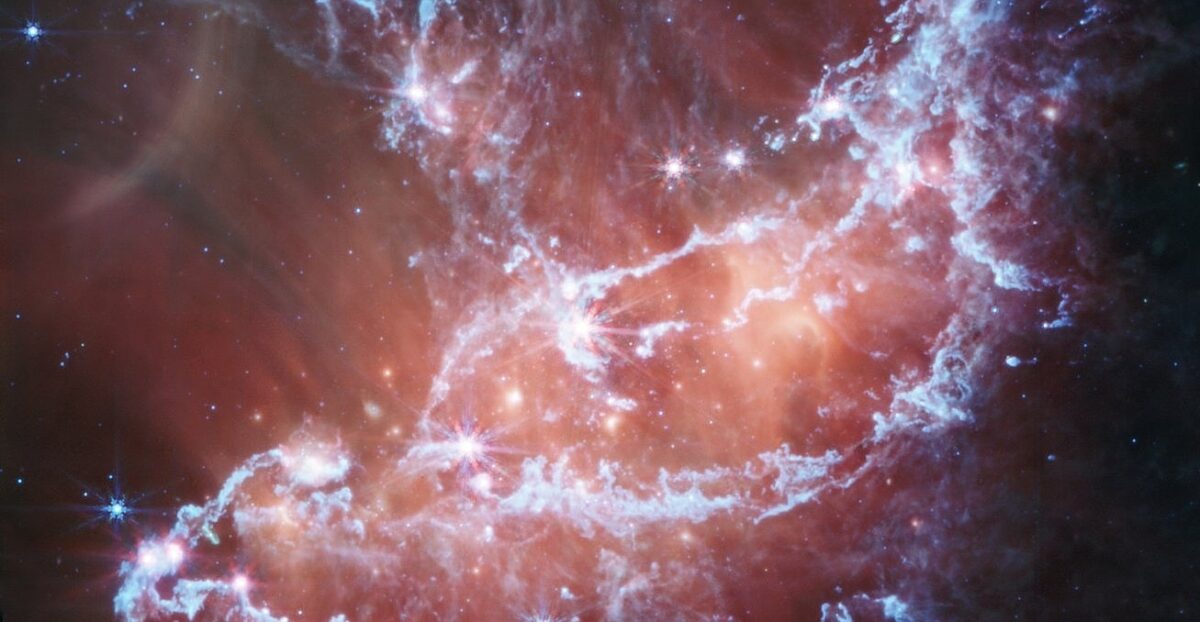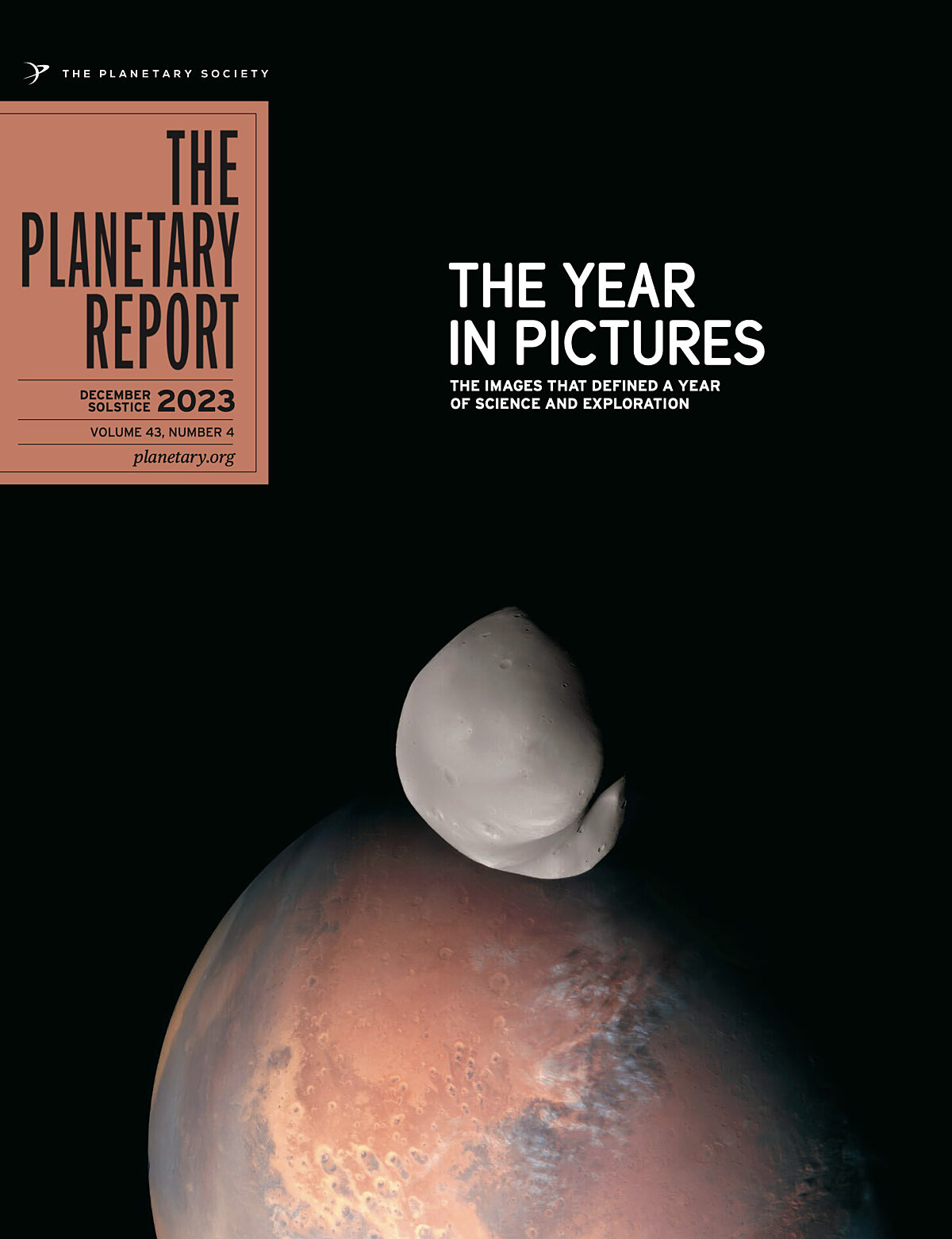Looking for long waves
Over the past year, the James Webb Space Telescope (JWST) has graced humanity with some truly stunning images. That each of these photos also teaches us something new about the Cosmos isn’t just the icing on the cake — it’s the whole reason for baking the cake.
JWST’s output often comes in the form of images because it is a space telescope, which means that it’s designed to collect light coming from objects in space. Other kinds of spacecraft might study space in other ways, such as by measuring magnetic fields or tracking the velocity of charged particles. It’s not unlike how animals use various senses to figure out what’s happening in their environment. In this analogy, JWST is like the sense of sight.
Unlike humans, though, JWST doesn’t see things in what we call the visible spectrum. Our eyes evolved to see the wavelengths of light that are most useful for our perception of the world around us. This represents just a portion of the entire spectrum; we see electromagnetic radiation with wavelengths ranging from about 400 to 700 nanometers, but the entire electromagnetic spectrum includes wavelengths much shorter and much longer than that. JWST looks at light in the infrared part of the spectrum. These wavelengths are shorter than radio waves but longer than those we can see with our eyes, with the near-infrared wavelengths just beyond our perception.

This particular space telescope focuses on the infrared for a few scientific reasons. One has to do with JWST’s goals of studying extremely distant objects. As the Universe expands, the light from distant objects gets stretched, causing their visible and ultraviolet light to shift into the infrared part of the spectrum. By observing in these wavelengths (both with imaging and spectroscopic instruments), JWST can study the distant and early Cosmos, seeing things like the formation of the first galaxies, stars, and planetary systems.
Another reason has to do with how different wavelengths of light get blocked or absorbed by matter. Infrared light can penetrate dust and gas better than visible or ultraviolet light, meaning that JWST can peer through clouds to witness phenomena like the birth of stars and to see what’s happening under thick planetary atmospheres.

When it comes to studying planetary bodies, infrared imaging provides some other advantages as well. Using JWST’s unparalleled sensitivity and resolution, these images capture reflected sunlight in select infrared bands, emphasizing contrasts often hidden in the visible spectrum. For instance, while Uranus might appear predominantly blue in visible light, infrared reveals intricate details due to differences between ice clouds and the methane-rich atmosphere. These insights allow for a deeper understanding of atmospheric compositions and evolving planetary weather patterns.
JWST also distinguishes itself from other space telescopes through sheer sensitivity. Its instruments are more sophisticated than anything else we’ve sent into space and can pick up astonishingly faint light. That’s why JWST images of Uranus and Neptune show the ice giants’ rings in such glory; the rocks and dust that make up those rings don’t reflect much sunlight, making them very difficult to see no matter the spectrum in which you’re observing.
In so many ways, this magnificent product of human ingenuity is expanding our perception beyond what we can see with our own eyes. With new images and discoveries being announced all the time, JWST is still very much just beginning its mission to uncover the secrets that the Cosmos has been hiding from view.
Support our core enterprises
Your support powers our mission to explore worlds, find life, and defend Earth. You make all the difference when you make a gift. Give today!
DonateThe Planetary Report • December Solstice
Help advance space science and exploration! Become a member of The Planetary Society and you'll receive the full PDF and print versions of The Planetary Report.


 Explore Worlds
Explore Worlds Find Life
Find Life Defend Earth
Defend Earth


